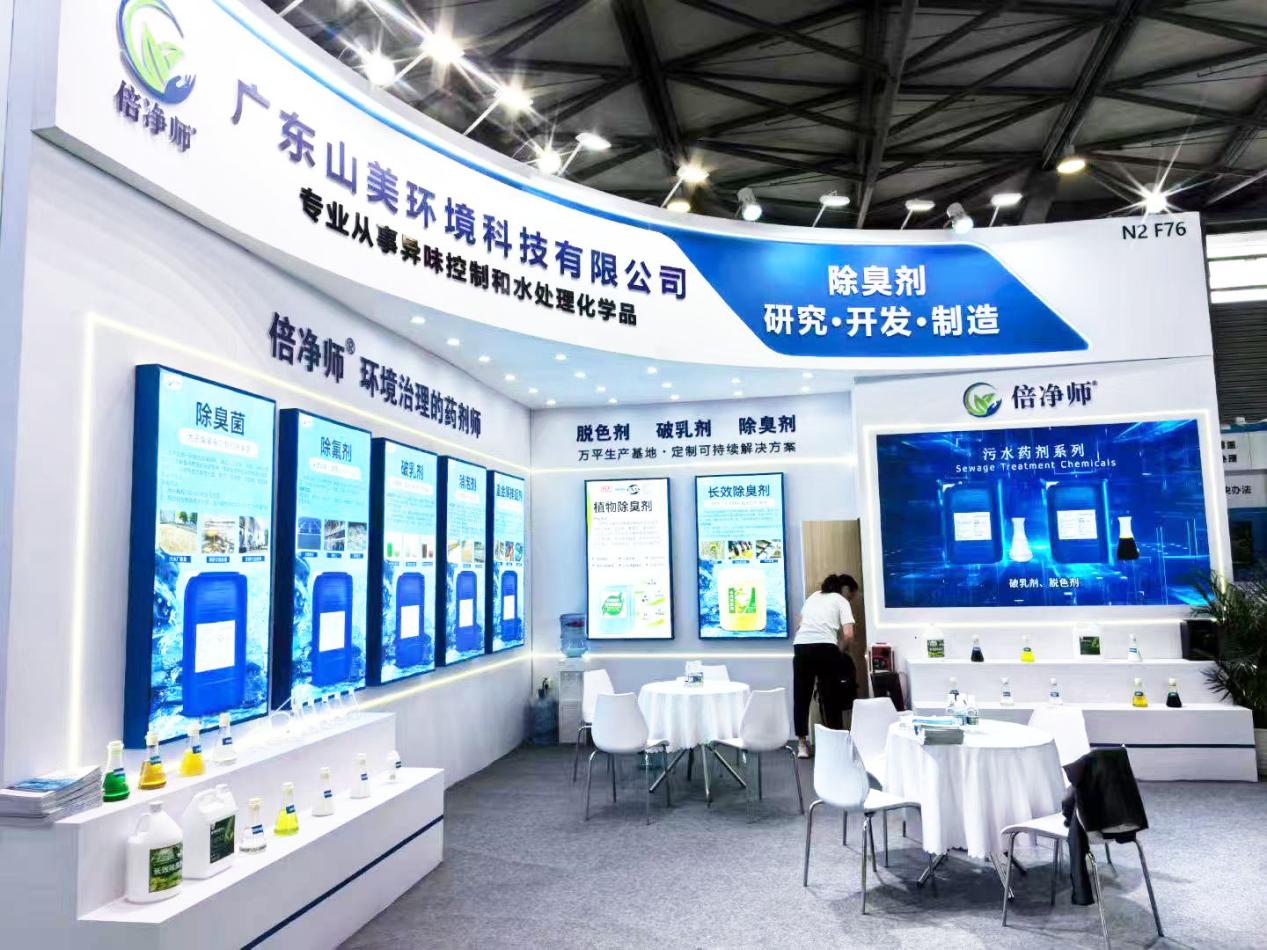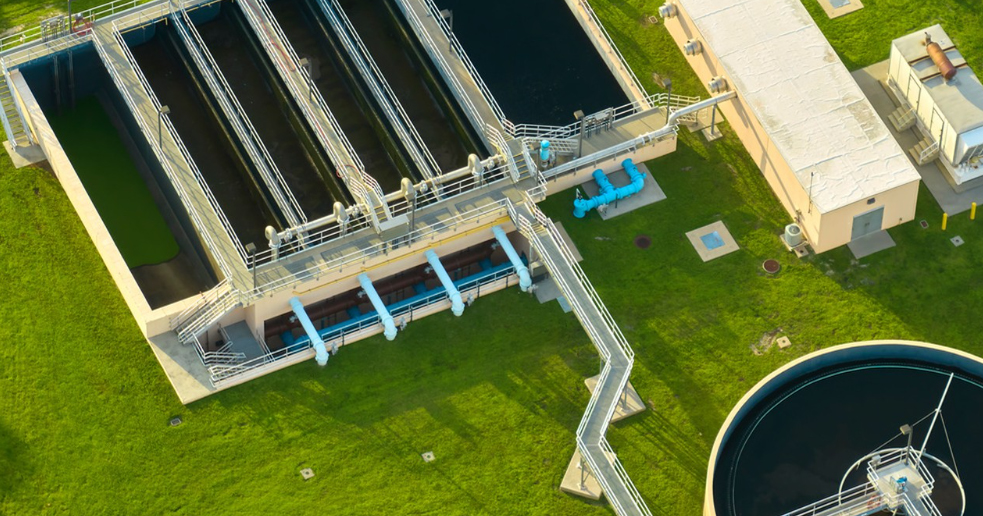In the process of automobile manufacturing, wastewater containing a large amount of fluoride is generated in multiple stages such as painting, electroplating, and component cleaning. If these fluorine-containing wastewater are discharged directly without effective treatment, it will not only cause serious damage to the ecological environment such as soil and water bodies, but also affect the survival of animals and plants, and may endanger human health through the food chain. Therefore, defluorination treatment of automobile manufacturing wastewater has become an important issue in the field of environmental protection, and selecting appropriate defluorination methods is crucial.
At present, there are many methods on the market for removing fluoride from wastewater in automobile manufacturing, among which the use of fluoride removal agents is one of the more common and effective methods. There are various types of fluoride removers, each with its own principles of action and applicable scenarios.
The commonly used defluorinants in chemical precipitation methods are calcium salt compounds, such as lime (calcium hydroxide). Lime reacts chemically with fluoride ions in wastewater to form insoluble calcium fluoride precipitate, thereby achieving the separation of fluoride ions from wastewater. This method is relatively simple to operate and cost-effective, and is widely used in many automobile manufacturing enterprises. However, it also has certain limitations, such as the large amount of sludge generated, which needs to be properly treated in the future, otherwise it will cause secondary pollution; Moreover, when the fluoride ion concentration in the wastewater is low, the fluoride removal effect is not ideal.

In recent years, new types of polymer defluoriners have gradually emerged. This type of fluoride remover has the advantages of large adsorption capacity, good selectivity, and fast reaction rate. They firmly adsorb fluoride ions on their surface through complexation, ion exchange, and other interactions, thereby achieving the goal of removing fluoride ions. Compared to traditional calcium salt defluoriners, the new polymer defluoriner can treat lower concentrations of fluorine-containing wastewater with less sludge production, and the treated water quality is more likely to meet discharge standards. However, due to its high production cost, there are still certain limitations in its large-scale application.
In addition, adsorption method is also an effective way to remove fluoride from automobile manufacturing wastewater. Common adsorbents include activated alumina, zeolite, activated carbon, etc. These adsorbents have a large specific surface area and rich pore structure, which can adsorb fluoride ions on their surfaces. Taking activated alumina as an example, it has a strong affinity for fluoride ions and can efficiently adsorb fluoride ions in wastewater under suitable pH conditions. The advantage of adsorption method lies in stable treatment effect, reusable adsorbent, and reduced operating costs; But the disadvantage is that the adsorption capacity of the adsorbent is limited, requiring regular regeneration or replacement, which increases the complexity of operation and maintenance costs.
In the actual defluorination process of automobile manufacturing wastewater, a single defluorination method often fails to achieve the desired treatment effect, so multiple methods are usually used in combination for treatment. For example, by first reducing the concentration of most fluoride ions in wastewater through chemical precipitation, and then using adsorption or new polymer fluorine removal agents for deep treatment, the fluoride ion concentration in the final effluent can meet strict discharge standards.
With the increasingly strict environmental requirements and the continuous progress of technology, the defluorination technology for automobile manufacturing wastewater is also continuously developing. In the future, the research and development of efficient, economical, and environmentally friendly fluoride removal agents, as well as the optimization of joint fluoride removal processes, will become important research directions in the field of wastewater treatment in automobile manufacturing, in order to achieve green and sustainable development of the automobile manufacturing industry
As a professional chemicals manufacturer in the water treatment Industry, Sanmei have helped more than 5,000 plants with process solutions and helped them improve production efficiency, reduce costs, and optimize profit plans. Our main goal is to assist you in optimizing production efficiency and profitability in a sustainable way. Welcome to consult us and get a free wastewater treatment solution by filling in the form below or email to brian@san-mei.com.












